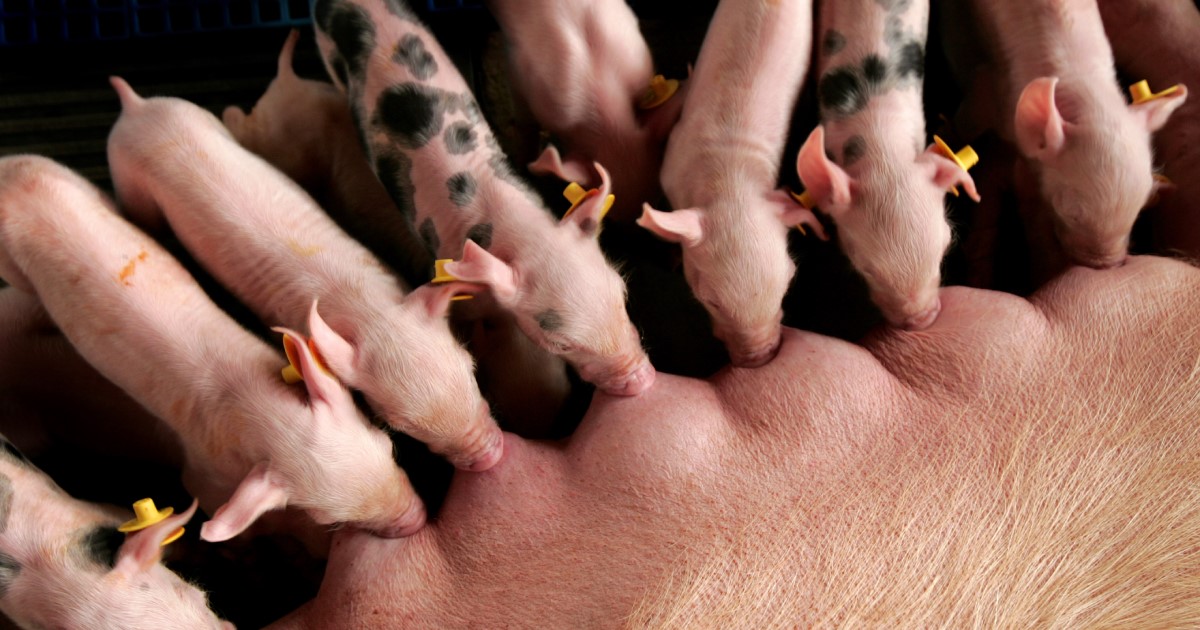Artificial insemination is always in constant evolution, as it is the most expanded reproductive technique by swine producers. In this way, new techniques, new equipment and new practices to follow always emerge.
Some experts say that "The best system is what works" because what is applied to a given exploitation can be profitable and productive, but for another it may not be. There are always numerous factors that can affect profitability and productivity on each farm, since they have different individual characteristics.
Price should not be the most relevant criterion in decision-making throughout the artificial insemination process, but rather product quality and efficiency in profitability and productivity.
First, the most correct way for a successful artificial insemination process involves good heat detection.
There are plenty of cases where the way the semen is placed inside the sow turns out to be the cause of problems and not the time when it happens. It is in these that an analysis of the exploration must be made to detect the reason of the problem and possibly change the technique of insemination.
The definition of a correct pattern of insemination is to establish the protocol and the insemination technique to be followed on the farm, these are fundamental for good fertility. As well as the volume and concentration of the semen dose and its preservation, they are vital for proper insemination. It can always vary significantly between farms.
In conclusion, we recall once again that what is productive and profitable for one particular holding may not be for another. Each case shall be examined by specialised professionals to assess the needs of the holding and to define the best protocol to be followed.
Source: 3tres3 – Professional Swine Community.


